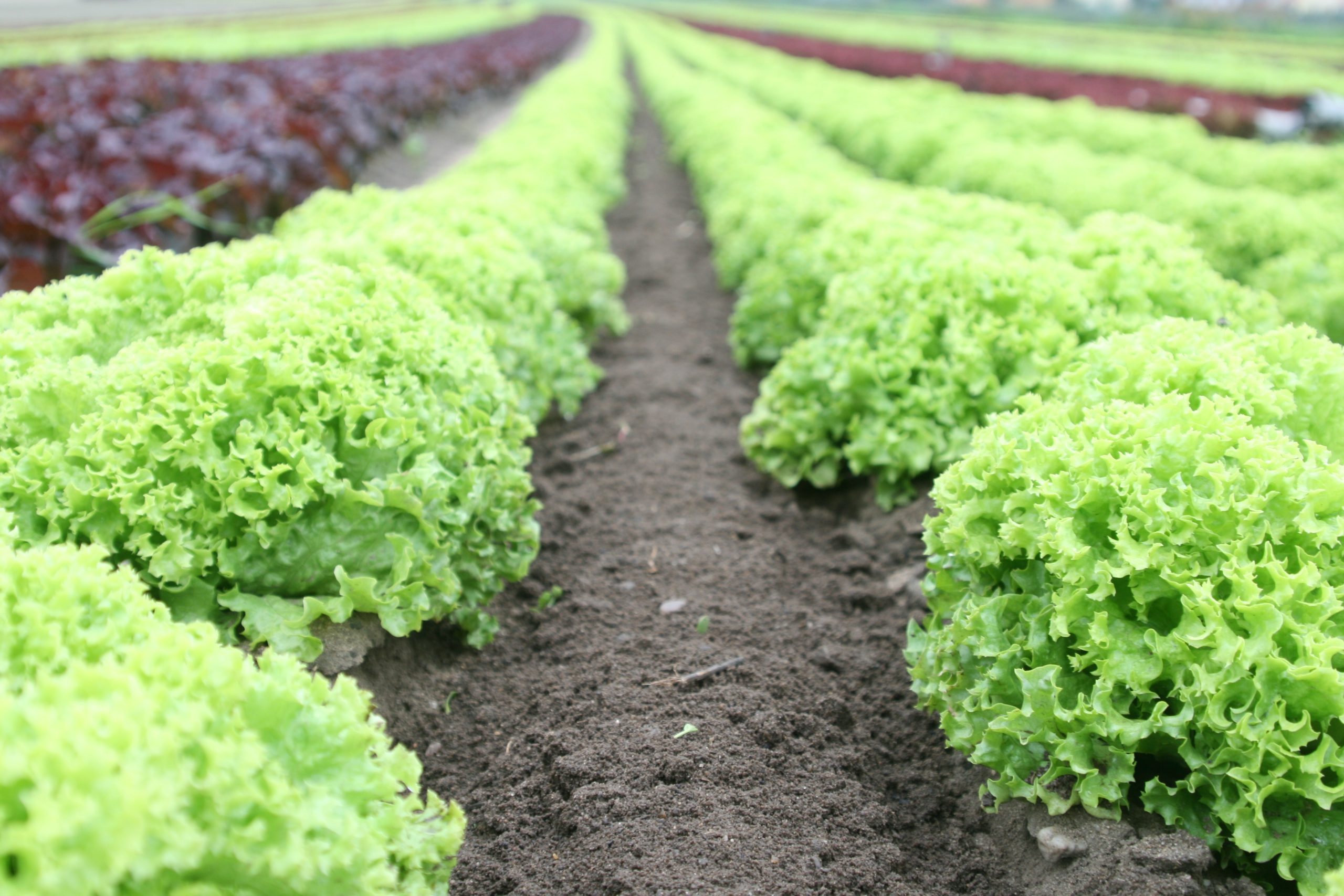El Niño – As the deepening energy crisis continues to present problems for different parts of the agricultural sector, another major challenge that could confront South Africa’s agricultural sector in a few months is a change in weather conditions; from favourable rains to drier and hot conditions.
This would be a switch from a prolonged period of La Niña to El Niño. South Africa has had a good four seasons of La Niña induced heavy rains from 2019/20 to 2022/23. These above-normal rains supported agriculture leading to higher yields across various field crops, fruits and vegetables. The livestock industry also benefited from improved grazing pasture. Importantly, having four consecutive La Niña seasons was an unusual occurrence.
The typical cycles are two seasons of higher rainfall followed by normal-drier seasons. Excluding the current trend, the only other period in the recent past with three successive years of conducive weather conditions and a large crop harvest ran through 2007/08, 2008/09, and 2009/10 production seasons. This period brought a sizable agricultural yield to the country.
But the scientists at the International Research Institute for Climate and Society at Columbia University see a potential occurrence of an El Niño later in the year. In its recent update of January 19, the International Research Institute for Climate and Society stated, “The likelihood of El Niño remains low through May-July 2023 (44% chance), but becomes the dominant category after that with probabilities in the 53-57% range.”

Such a weather phenomenon would bring below-normal rainfall and hotter temperatures in South Africa. If it is intense, this could resemble the bleak agricultural conditions we witnessed during the last El Niño drought in the 2015/16 season, where staple crops such as maize dropped to 8,2 million tonnes, well below South Africa’s consumption levels of 11,8 million tonnes. This shortfall necessitated imports of maize to supplement domestic needs.
Even more worrying now is that the agricultural regions and greenhouse farmers who lean heavily on irrigation, face continuous interruptions because of load-shedding. The organised agriculture groups, the department of agriculture, land reform and rural development are working on near-term and long-term interventions to assist the sector. The one option that should receive serious consideration is incentives for self-generation, even if covering a few critical parts of each business.
The window for this option is limited, about eight months before we see the potential intensification of El Niño. But for regions that already irrigate, reducing load-shedding is the only option as farmers see losses by the day.
This is a challenge that policymakers in the region should be aware of and plan accordingly to support communities that heavily rely on agriculture.
The period of higher rainfall, which has supported agriculture in South Africa, and the broader Southern Africa region in the past four seasons, could soon be over. At a time when there are rolling blackouts in South Africa, this presents an even bigger challenge as irrigation regions also face water shortages while damns, at least for now, are overflowing.
The long-term planning of the agribusiness should factor this change in climatic conditions as a possible risk for the next season. Source: Stats SA and Agbiz Research

